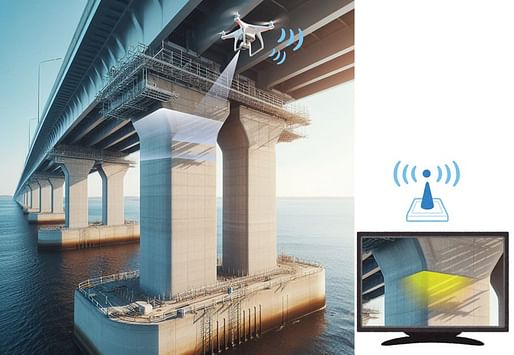anchor
A team of researchers from Japan’s Tohoku University has developed a new mechanoluminescent construction material they say can be used in infrastructure to monitor daily use stress information in real-time in order to avert potential future catastrophes that may result from its aging stock of bridges, roads, and dams.
“What makes our material truly innovative is that it operates without a power supply, complex equipment, or on-site observation and is easily combined with IoT technology,” Professor Chao-Nan Xu explains.
Their findings were published in the Applied Physics Letters in early April. The material works by responding to mechanical strain with luminescence using Pr-doped Li0.12 Na0.88 NbO3 (or LNNO). The LNNO finish is then applied to the surfaces of objects, emitting an afterglow produced with the application of a flashlight and then measured quantitatively using a series of light sensors.
“Our findings are expected to alleviate the shortage of manpower in structural diagnosis, and lower costs,” Xu explains.
Xu’s team says that information can be obtained for a period of up to five months and matches the results found using a pre-established “finite element method analysis.” Some challenges still remain, but the group are confident that their findings will hold up to a real-world litmus test once made the technology is made scalable and perfected.
Assistant Professor Tomoki Uchiyama and a cohort of four undergraduate students from other Japanese universities were also included in the development of the paper.



